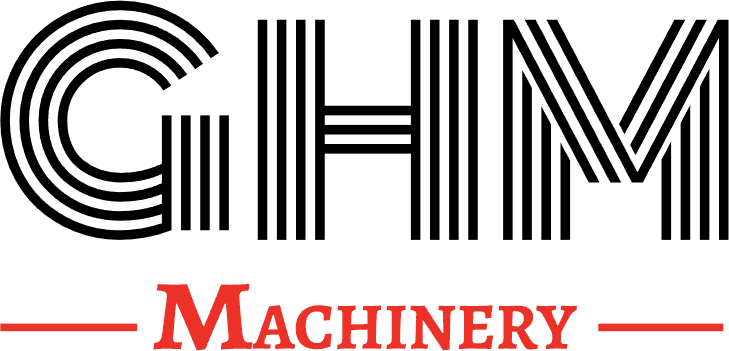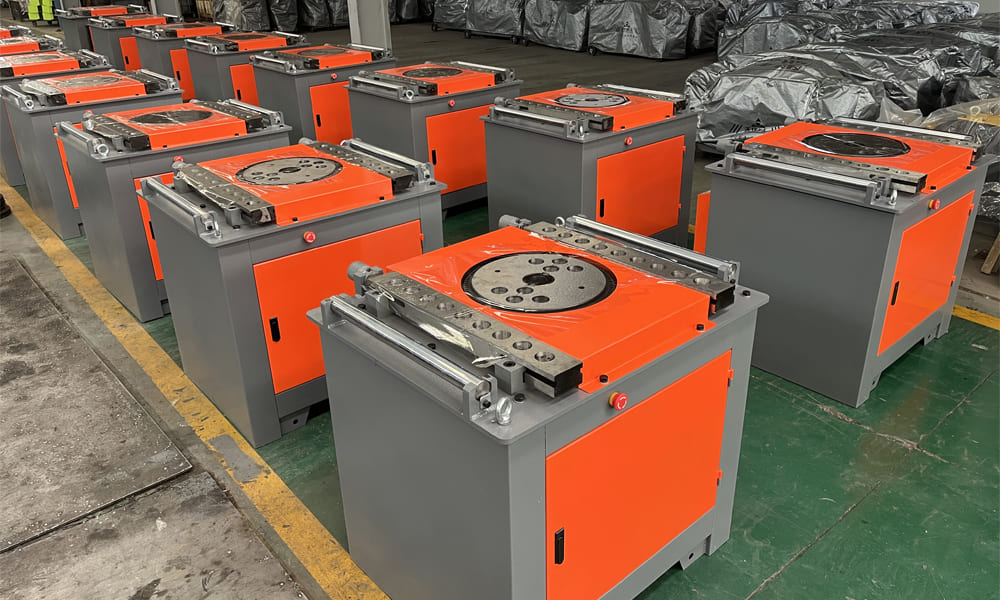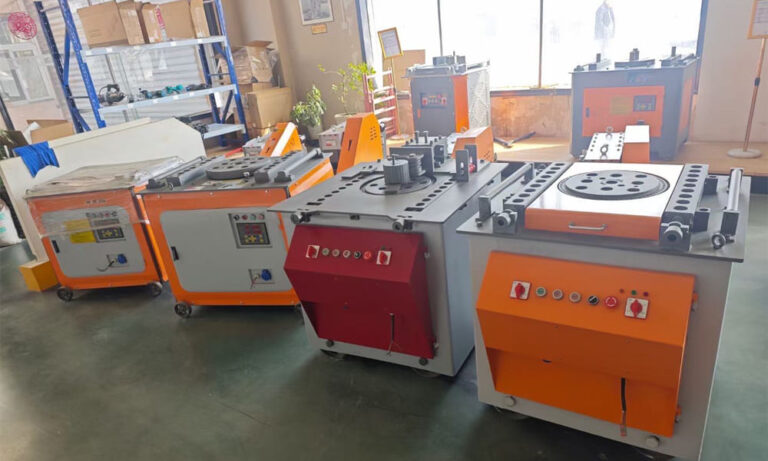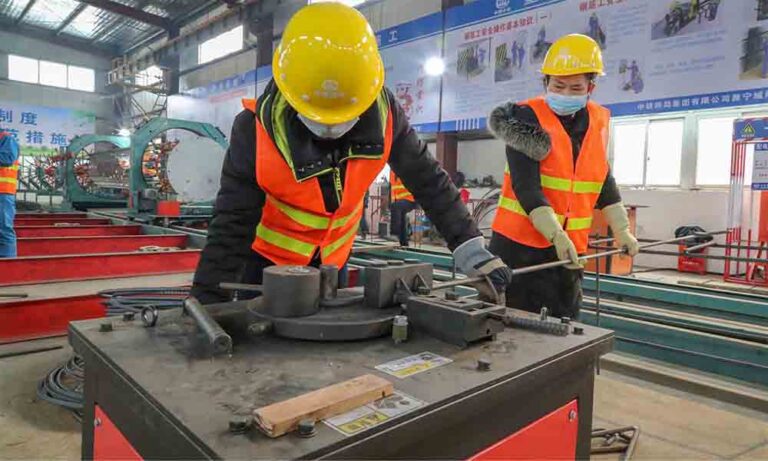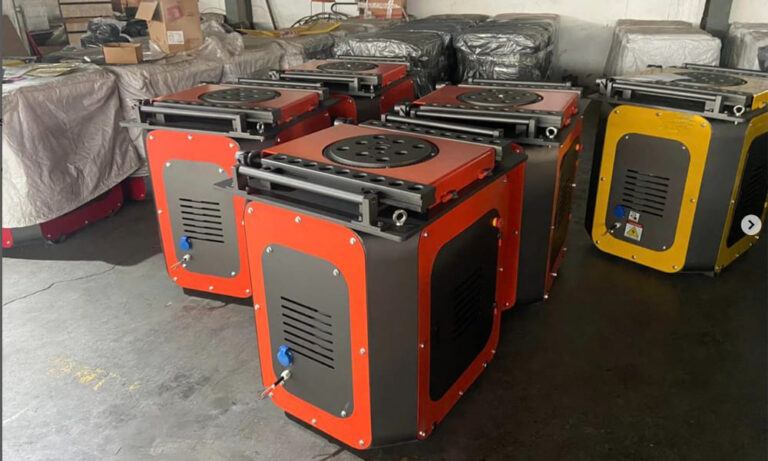How a Rebar Bending Machine Rebar Works
A rebar bending machine is a specialized tool designed to bend reinforcing steel bars into specific shapes and angles for use in construction. The machine uses mechanical, electric, or hydraulic force to achieve precise bending. Below is a detailed breakdown of its working principle and process:
1. Core Components and Their Functions
-
Working Disc (Turntable):
A circular plate with a central axis and fixed pins on its edge. This disc rotates to push the rebar against the stop axis to create a bend. -
Bending Axis (Bending Pin):
Moves with the working disc to apply force directly on the rebar, causing it to deform. -
Stop Axis (Stop Pin):
Holds the rebar in place during bending, setting the starting point and limiting movement for accurate angles. -
Power System:
Can be manual (lever-driven), electric, or hydraulic, depending on the machine type. Provides the necessary torque to rotate the working disc.
2. Rebar Bending Process
Step 1: Positioning the Rebar
Place the rebar on the working disc between the bending axis and the stop axis. Align the portion of the rebar that needs bending with the center axis to ensure precise deformation.
Step 2: Initiating the Bend
Start the machine. The working disc rotates, causing the bending axis to push the rebar around the stop axis, which remains stationary.
Step 3: Bending Action
As the bending axis moves, it applies force that causes the rebar to undergo plastic deformation, forming the required angle (commonly 90°, 135°, or 180°).
Step 4: Angle Control
-
Mechanical Models: Use preset stops or limiters.
-
Electric/CNC Models: Use electronic sensors and programmable controllers to stop the disc precisely at the desired angle.
Step 5: Reset and Unloading
The working disc returns to its original position, and the bent rebar is removed.
3. Bending Methods
-
Cold Bending:
Standard method performed at room temperature; suitable for common rebar grades like HPB300 and HRB400. -
Hot Bending (when required):
Involves heating the steel bar before bending—used for large diameter or high-strength bars that may crack under cold bending.
4. Types of Rebar Bending Machines
| Type | Features | Best For |
|---|---|---|
| Manual Type | Lever-operated, no power required | Small jobs, on-site use |
| Semi-Automatic | Electric/hydraulic drive with manual loading | Mid-size projects |
| Fully Automatic | Programmed operation, high output | Rebar processing yards |
| CNC Benders | Computer-controlled angles and shapes | Complex structures (spirals, stirrups, etc.) |
5. Operating Precautions
-
✅ Safety First:
Secure the rebar properly and keep hands away from rotating parts. -
🔧 Component Adjustment:
Use the appropriate bending pins and stop pins based on the bar’s diameter. -
🛠️ Regular Maintenance:
-
Lubricate moving parts (especially gears and bearings)
-
Check hydraulic oil pressure and levels
-
Inspect for wear or damage on molds and pins
-
Application Scenarios
Rebar bending machines are essential in:
-
Building construction – foundations, columns, beams
-
Infrastructure – bridges, highways, tunnels
-
Prefabrication plants – producing stirrups, hooks, cages, and spiral shapes
-
Custom rebar forming – adapting to unique architectural designs by adjusting parameters like bending radius and angle
